


There is a new entrant in the mid-size sedan segment – the Skoda Rapid.And though it looks like a Fabia with a boot added on, we try to find out how much more it is than just that as we drive the Rapid line-up in Rajasthan
We all love the Skoda Fabia for several reasons. It is a well-engineered car with decent engine options, good transmission, adequate space, great efficiency and solid build quality. Skoda decided to carry these positive attributes forward to a higher segment and thus came the Rapid that you see in the pictures around.

 At first glance from the front, one might mistake this one for the Fabia. The Rapid has an identical nose that includes the headlights, the front grille, the massive fog lamps and even the smallest details like the two creases running at the centre along the length of the bonnet. But as you move towards the rear, you notice its bigger size with the additional boot. The tail-lights are typical C-shaped Skoda ones. The two diagonal lines next to the number-plate are a unique design element distinguishing the Rapid from anything else in the market. Overall, the car looks and feels big from the outside – exactly what a mid-size sedan should be like.
At first glance from the front, one might mistake this one for the Fabia. The Rapid has an identical nose that includes the headlights, the front grille, the massive fog lamps and even the smallest details like the two creases running at the centre along the length of the bonnet. But as you move towards the rear, you notice its bigger size with the additional boot. The tail-lights are typical C-shaped Skoda ones. The two diagonal lines next to the number-plate are a unique design element distinguishing the Rapid from anything else in the market. Overall, the car looks and feels big from the outside – exactly what a mid-size sedan should be like.
Inside, the Rapid has a few bits from Volkswagen and a few from Skoda put together to make a decent interior. However, there isn’t anything new in it. The dash is the same as in the VW Vento while the controls are from Skoda. The steering wheel is again typically Skoda and without audio controls on it even for the top-of-the-line model.
The Skoda Rapid comes with two engine options: 1.6-litre gasoline and 1.6-litre diesel. These units are the same that you get on the Volkswagen Vento with exactly the same state of tune – 105 PS of peak power from both the mills and 153 Nm and 250 Nm of peak torque respectively. The gasoline engine comes with an option of either five-speed manual or six-speed automatic transmission (no DSG to keep the cost down) while the oil burner is mated to a five-speed manual only.

 Like the Vento, the Rapid feels a little sluggish in its gasoline avatar and even more so with the automatic transmission. The auto box feels decent enough and hassle-free while driving within the city. On the highway, however, it gets irritating on account of its slow response when you decide to overtake the vehicle ahead. In fact, the Rapid automatic is best driven in the tiptronic manual mode only. The diesel version is more engaging to drive with the huge amount of torque coming into action from as low as 1,500 revolutions per minute and staying flat until 2,500 RPM. The only noticeable difference between the Rapid and the Vento is that though they share the same engines, the Rapid sounds a little quieter than the Vento owing, we reckon, to a better insulated cabin.
Like the Vento, the Rapid feels a little sluggish in its gasoline avatar and even more so with the automatic transmission. The auto box feels decent enough and hassle-free while driving within the city. On the highway, however, it gets irritating on account of its slow response when you decide to overtake the vehicle ahead. In fact, the Rapid automatic is best driven in the tiptronic manual mode only. The diesel version is more engaging to drive with the huge amount of torque coming into action from as low as 1,500 revolutions per minute and staying flat until 2,500 RPM. The only noticeable difference between the Rapid and the Vento is that though they share the same engines, the Rapid sounds a little quieter than the Vento owing, we reckon, to a better insulated cabin.
On the driving and handling front, the Rapid continues to flaunt the solid character that the Skoda (and Volkswagen) brand is famous for. Though the Rapid feels identical to the Vento so far as the engines are concerned, the same cannot be said of the suspension set-up. It is slightly on the softer side and thus improves the everyday city drive quality. However, it takes its toll when pushed hard round corners, where a slight body-roll becomes perceptible. The Rapid doesn’t feel as sure-footed as the Vento in this regard, but it isn’t as soft as the Hyundai Verna either.
Having tried out both engines and transmissions, we can say that the diesel manual version is the best of the lot. From what we know of the engine in the Vento, we can assure you that this mill will be highly efficient too. A good package indeed and with a price ranging from Rs xx lakh to Rs xx lakh, it is a mite cheaper than its Volkswagen sibling too.
Our take? Not an enthusiast’s sedan, but a good mid-size family sedan.
Having tried out both engines and transmissions, we can say that the diesel manual version is the best of the lot
Story & Photography: Adhish Alawani












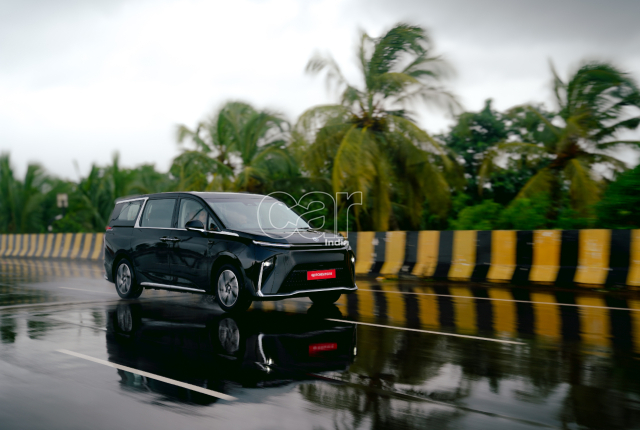
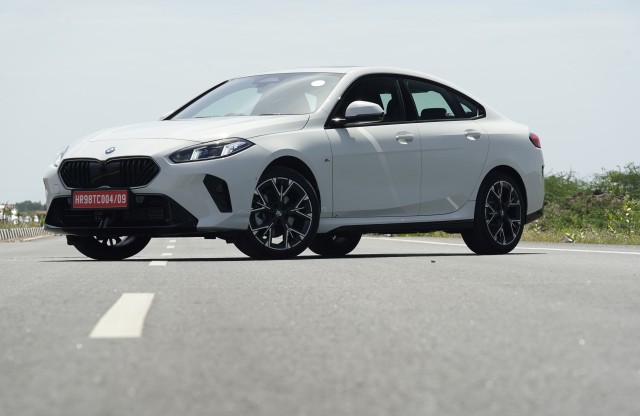
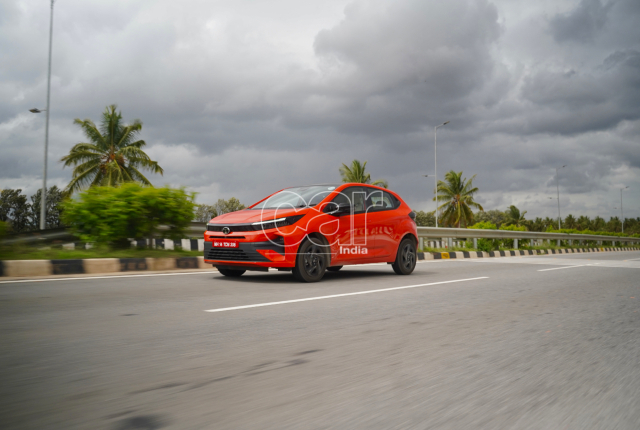
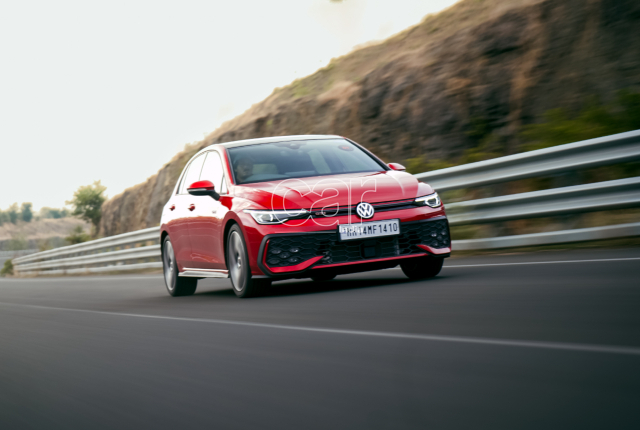
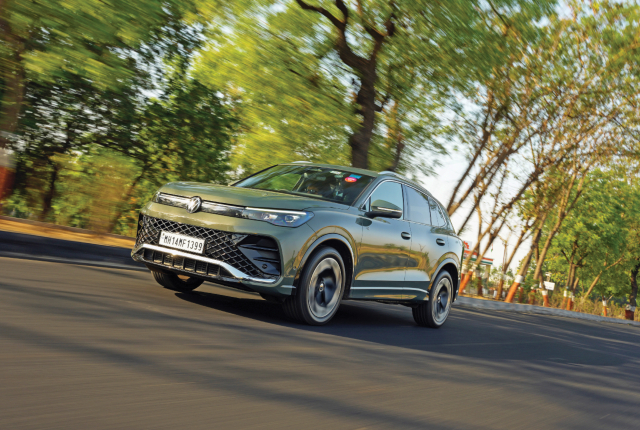
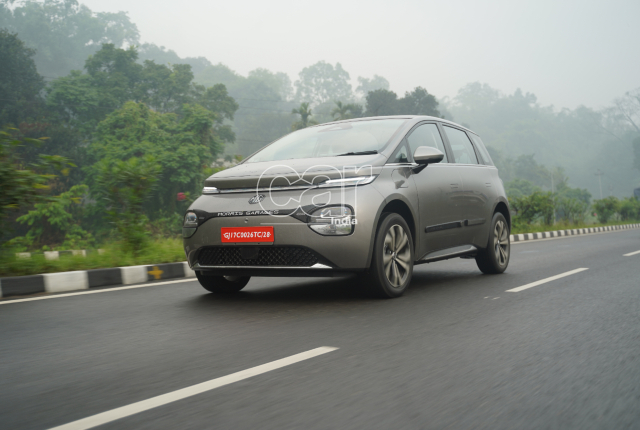



Leave a Reply